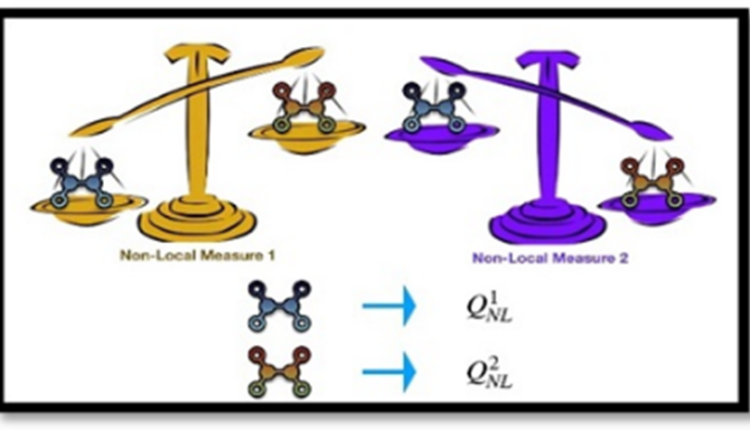New study on quantum nonlocality expands scope of its use
Scientists have demonstrated that a universal standard for measuring and quantifying non-local quantum correlations is not possible. Quantum nonlocality describes a strange connection between distant physical objects, one that doesn’t allow for faster-than-light communication. This new research broadens the potential applications of quantum non-local correlations, which are already used in secure communication, random number generation, and cryptographic key creation. From its inception, quantum nonlocality has garnered significant attention due to its universal appeal in natural science, continuing to influence recent advancements in device-independent technologies. The story began in 1964 when physicist John Stewart Bell from Northern Ireland introduced a theorem that changed our view of the quantum world. Bell showed that while ‘local realism’ — the idea that objects have definite properties independent of observation and are only influenced by their immediate surroundings — holds true in classical physics, it doesn’t apply at the quantum level. In quantum systems with multiple, distant parts, correlations appear that cannot be explained through local realism. Bell’s theorem was subsequently confirmed through experiments, establishing the nonlocal nature of the quantum world and was recognized with the 2022 Physics Nobel Prize. Quantum nonlocality has since become a key resource for secure communication, random number certification, and cryptographic key generation, making it important to understand how to measure and compare these quantum correlations. Scientists have been searching for a complete framework to compare the strength of such nonlocal resources. In a recent study published in Physical Review Letters, Dr. Manik Banik from the S. N. Bose National Centre for Basic Sciences, an autonomous institute of the Department of Science and Technology, along with collaborators from the Indian Statistical Institute Kolkata, A B N Seal College Cooch Behar, and the University of Hong Kong, demonstrated that a universal standard for measuring quantum nonlocality is impossible. Their research shows that the nature of nonlocality varies depending on the type of correlation, with infinite unique points on the correlation boundary. This means there is no single, universal resource in the world of non-locality. Instead, each non-local resource is distinct, capable of performing specific tasks that others cannot. This discovery adds a new layer to our understanding of quantum mechanics, highlighting the complexity and uniqueness of quantum nonlocality as a valuable and diverse resource.

